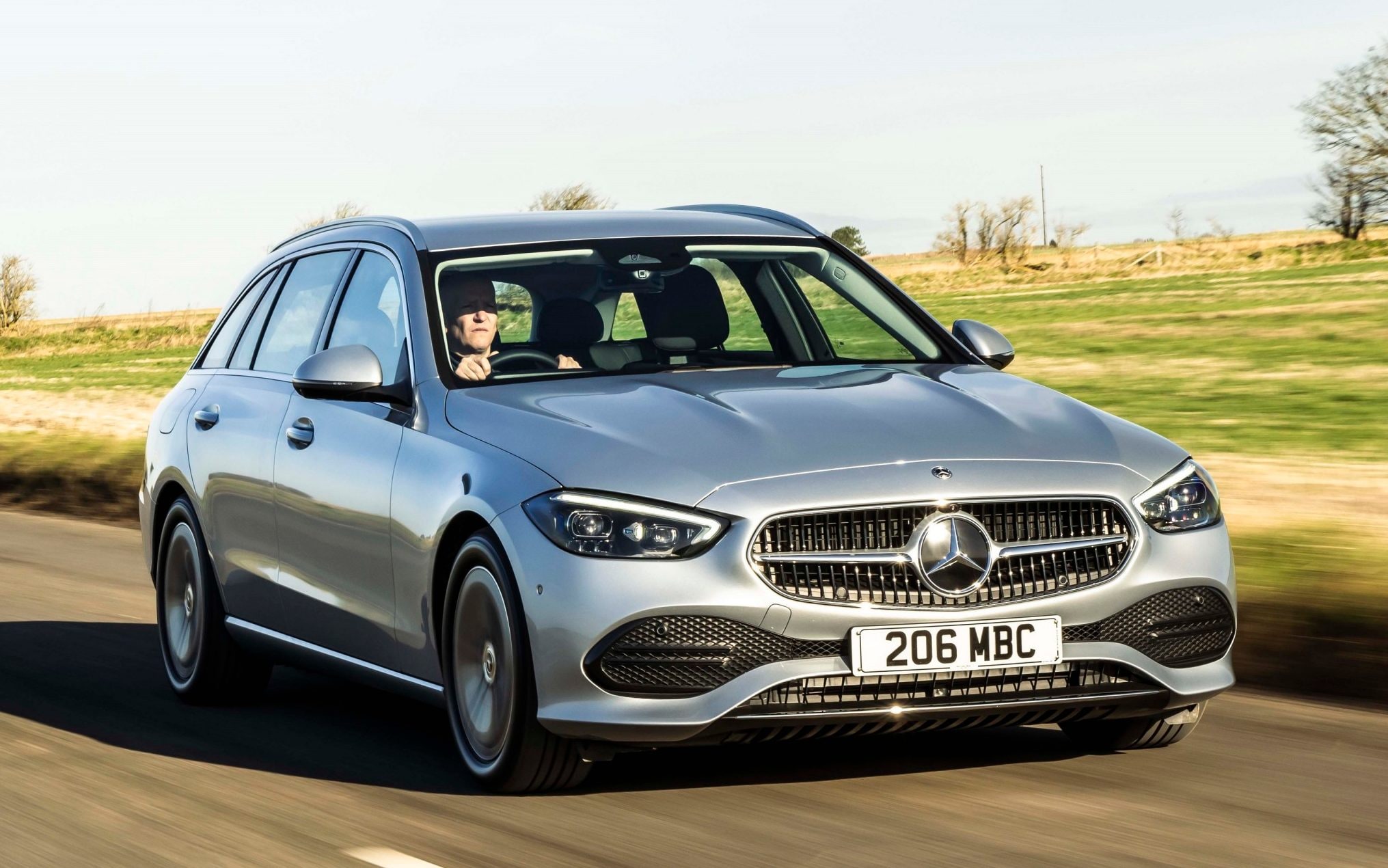
. The market for the traditional “station wagon” style might be small in Britain, but it’s good business in Europe, and these days you don’t turn that down – especially since the Chinese haven’t yet turned their attention to the estate format.
reckon the estate market is still worth competing in, even though fashionable SUVs of various size and stripe make the overall sales volume seem tiny.
As an alternative to a family SUV, the estate is better looking, as spacious where it counts, more aerodynamic, and rides and handles better. Yes, getting in might be slightly more difficult for those less limber than they were since an estate is by definition lower than an SUV, but they’re a classier way of getting you and your loved ones around.
Unfortunately, classy doesn’t come into the tax treatment of cars, so shooting brakes, too, have the long arm of the Department for Transport and His Majesty’s Revenue and Customs to contend with.
The bottom line
(PHEV) has to be a serious consideration to gain a more favourable taxation status. So it is with the Mercedes-Benz C-Class estate which, like its saloon sister, is offered in petrol and diesel plug-in form.
And at more than £52,000, this 2.0-litre petrol/25.4kWh PHEV isn’t cheap by any means, and the opposition is marginally cheaper (note that Audi doesn’t import a plug-in A4 Avant estate model). But the tax saving might persuade a few into taking the plunge into Mercedes ownership.
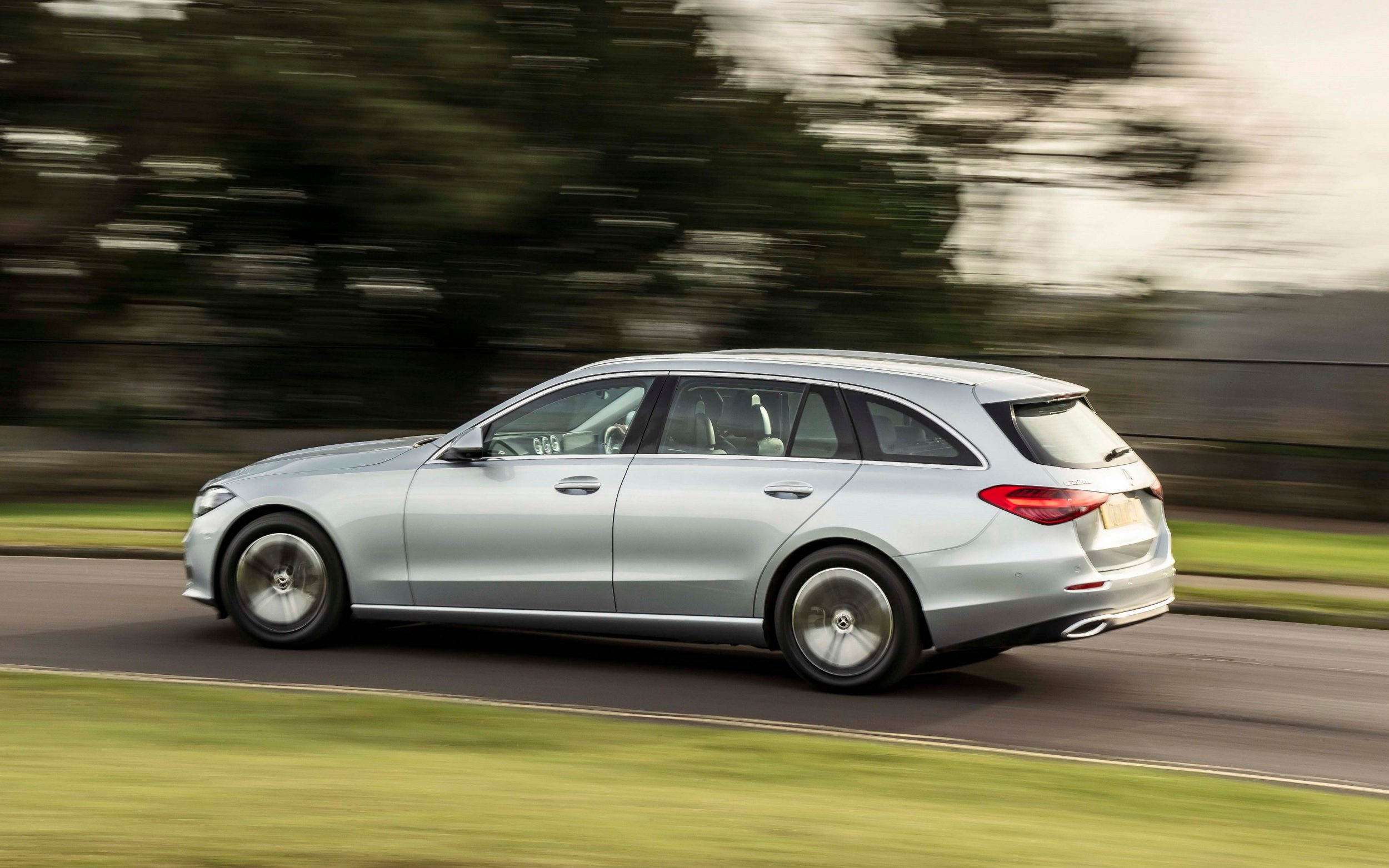
While a £51,820 diesel equivalent C 220 d would be cheaper in fuel (57.7mpg), for higher-rate tax payers it’ll cost £4,989 a year in benefit-in-kind tax, whereas this PHEV C 300 e is in the 8 per cent tax bracket, which will cost the equivalent taxpayer only £1,480.
The published fuel consumption figures for PHEVs are the purest hokum, but I drove this one until the battery had run out at about 60 miles (not the 69 as claimed), and then, not hanging around in the least bit, achieved about 48mpg from internal combustion. The old model wouldn’t fast-charge but this one will, at 55kW DC, which will enable an empty-to-full battery in about 25 minutes.
Inside information
The dashboard is very much in the current Mercedes style, with a single oblong digital display that has most of the functions in there somewhere, along with a kind of metal substrate, almost engine-turned, dash panel along with the usual five jet engine-like ventilation outlets. It’s highly reflective and a bit blingy; Mercedes can do better and so can you in the options list, with some lovely veneers among other finishes.
The seats are spacious and comfortable, you sink into the upholstery yet are supported in all the right places. With electric everything, the seats adjust to provide a huge range of driving positions, although it takes a while to figure out the optimum due to the sheer number of variables.
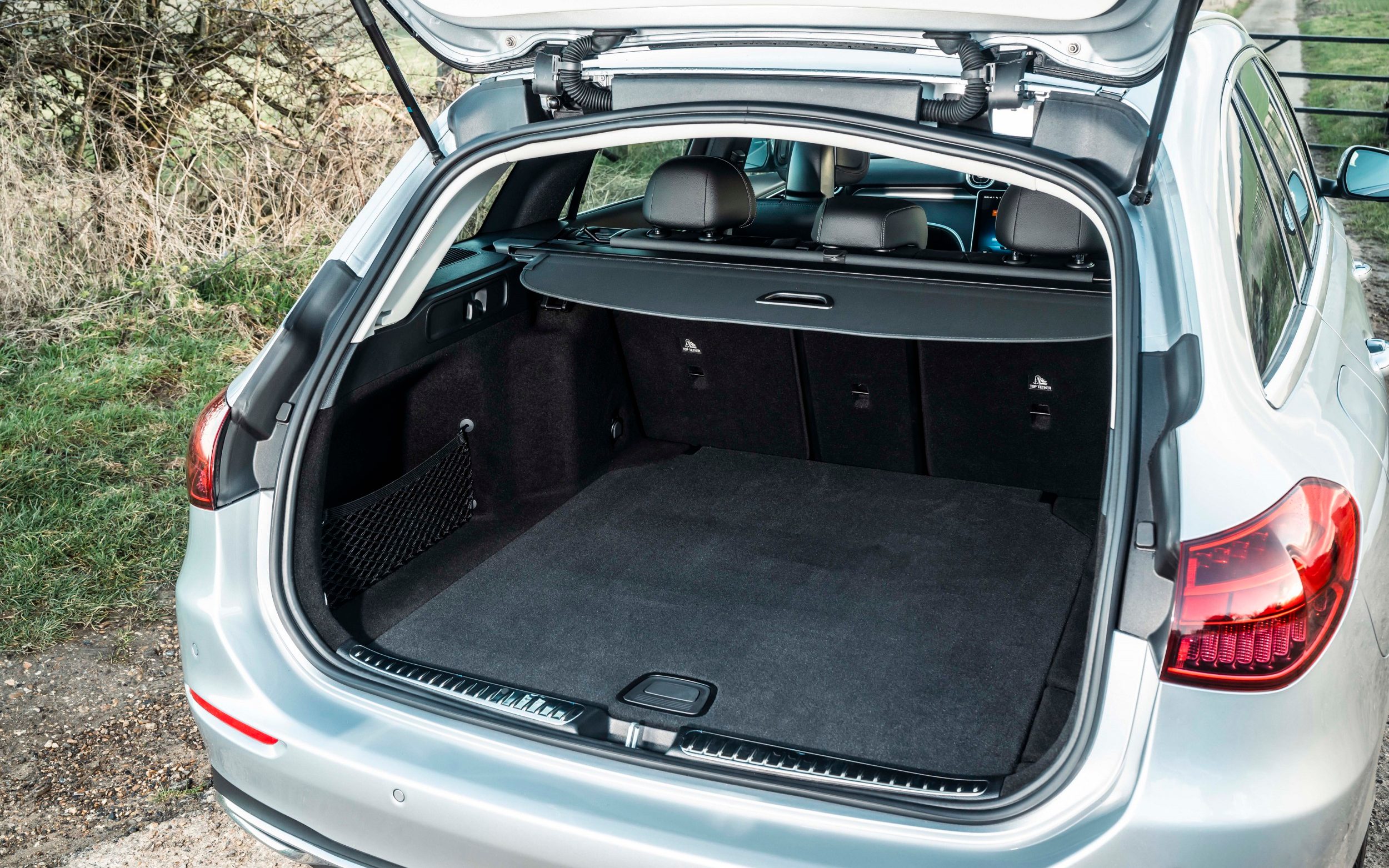
In the back there’s head and leg room enough, but getting in (especially for those with big feet – guilty) isn’t the work of the moment. The rear seatbacks fold 40/20/40 per cent to provide a load space that is almost flat. You lose 130 litres of boot space to accommodate the larger battery so the seats-up space of 360 litres isn’t great, although folding them down liberates 1,375 litres. The battery is also heavy and in this trim the car’s kerb weight is 2.12 tons with a driver included (the diesel weighs 1,855kg), while the towing capacity is 1.8 tons
There are two fillers: electric on the nearside, petrol on the offside; you’ll spend a fair bit of time going to the wrong one before you get used to it.
On the road
With steel suspension at the front and air at the back to better control the battery mass, the ride quality is creamy and accurate, although the extra weight is ever present. It manifests as a bit of float from the rear over longer undulations in the soft driving mode and a bit of sharpness over bumps in the more focused driver settings.
The overall impression is of a fine ride with long legs, but perhaps not with quite the last word in handling accuracy of the BMW equivalent. However, you would need to ask yourself how often you drive in a spirited fashion when carrying the family, dog and luggage. Not often enough, perhaps?
You can drive the C 300 e hard if you so desire; it’s just that you need to manage the weight when turning in. The steering feels as deadpan as a Jack Dee joke, but it’s accurate, while there’s just enough feedback to impart what the front wheels are up to, even if the road is damp and bumpy.
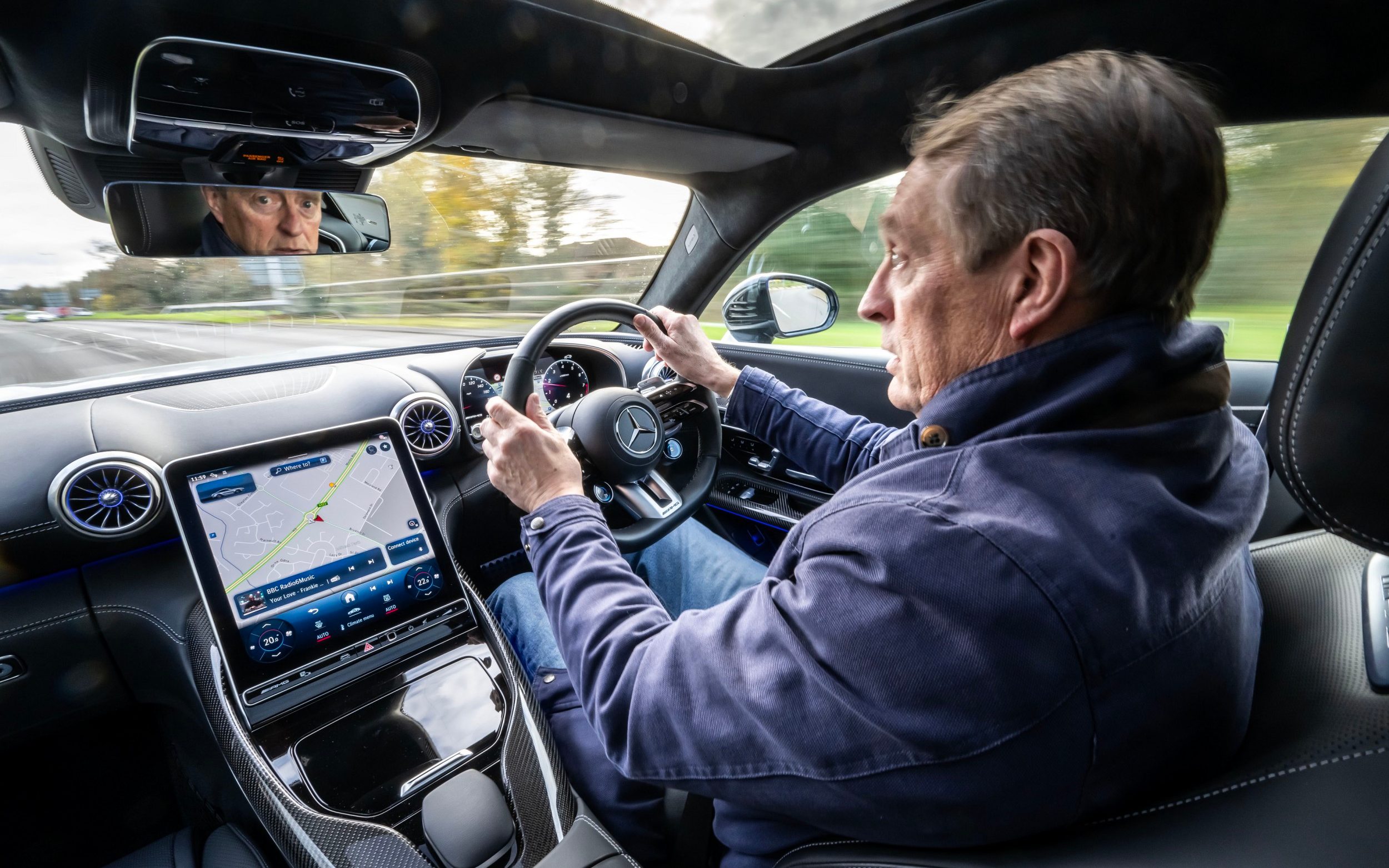
With the engine’s 201bhp and 236lb ft augmented by the 130bhp/324lb ft electric motor, the C 300 e can call upon a total of 308bhp and 405lb ft, which is more than enough for a family estate. In addition, the delivery is smooth and refined, although the nine-speed automatic gearbox is ready to respond to a fast overtaking manoeuvre if required.
) with 0-62mph in 6.2sec, which is roughly on a par with the equivalent petrol and diesel C-Class models.
The brakes are boosted by a regeneration function which uses the car’s kinetic energy to recharge the battery. There’s also an “intelligent” function, which will automatically slow the car for junctions, bends and traffic – it feels downright weird at first and the excellent steering wheel-mounted paddles to set the level of regenerative braking function seem a better way of modulating the way in which the car slows.
The Telegraph verdict
Comfortable, capable of swallowing huge journeys in its stride and pleasant to drive, the C-Class Estate has none of that towering, toppling attitude of similar 4.75m-long SUVs.
The PHEV system is well engineered and works well enough for you not to notice it that much, and if you are lucky enough to run the cost through the company then it’s a no-brainer.
While I admire the engineering, I’d find the simplicity and the less compromised ride and lower weight of the diesel or petrol would be more tempting, however.
The facts
Mercedes-Benz C 300 e estate Urban edition
five-door plug-in hybrid estate
now
range from £52,110 (£52,825 as tested)
149mph, 0-62mph in 6.2sec
470.8mpg (WLTP Combined), 48mpg on test
1,999cc, four-cylinder 201bhp/236lb ft petrol turbo; 25.4kWh lithium-ion battery with a 130bhp/324lb ft electric motor, rear-wheel drive
69 miles
308bhp/405lb ft total output
13g/km (WLTP Combined)
£0 first year, £590 next five years, then £180
3 years/unlimited mileage on car, 8 years and 62,000 miles for drive battery
The rivals
BMW 330e Touring, from £48,795
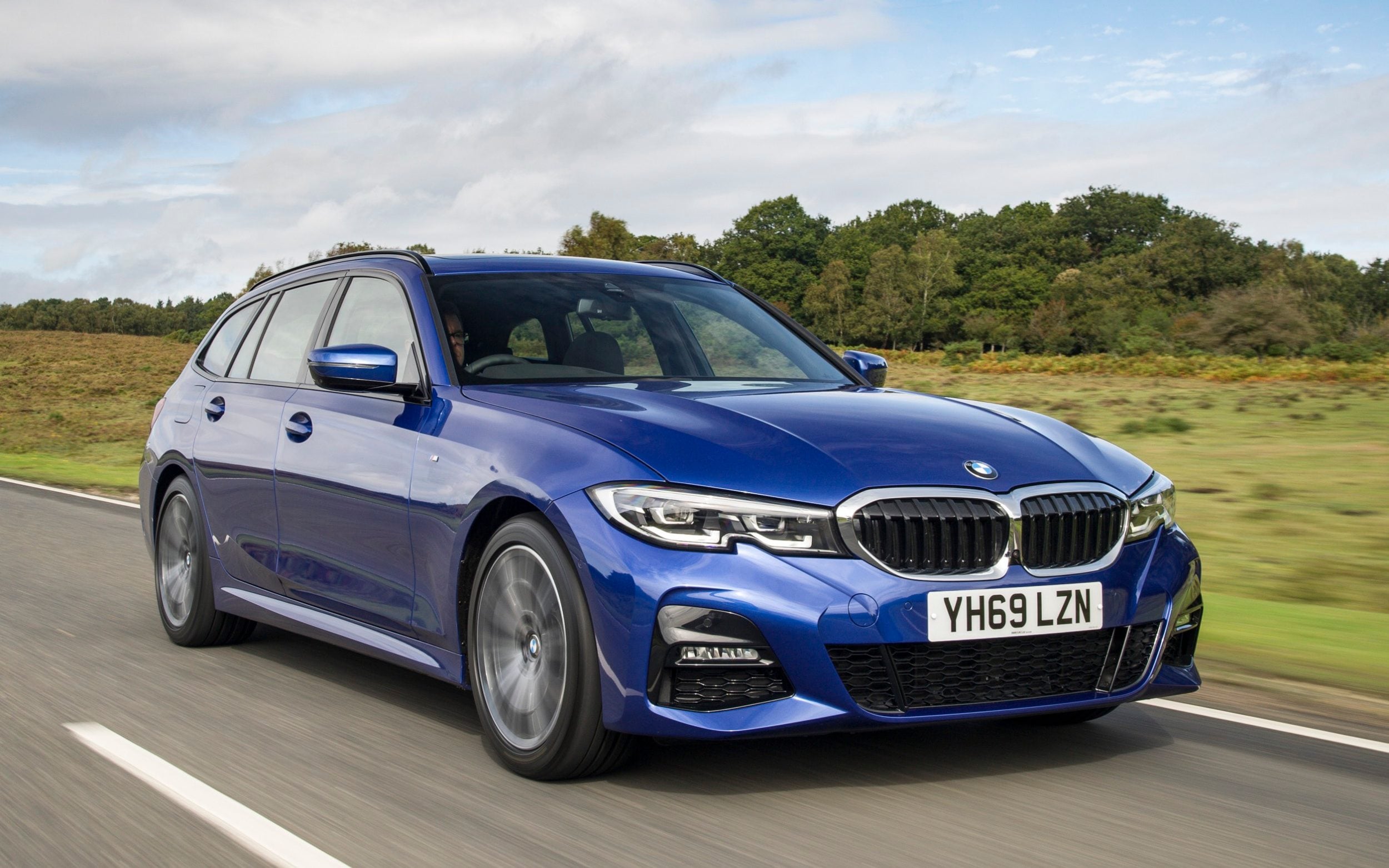
Launched in 2022, this estate was refreshed this year to keep it level pegging with the C 300 e. The BMW has a peak of 289bhp if you use the push-to-pass overtaking aid and a combined torque output of 310lb ft. Boosting the 2.0-litre petrol engine, a new 19.5kWh battery gives a tax-friendly EV range of 63 miles. Lovely chassis balance and driver appeal, although the load area is reduced to 410 litres with the rear seats raised, 1,420 litres with them folded.
Volvo V60 PHEV, from £48,935
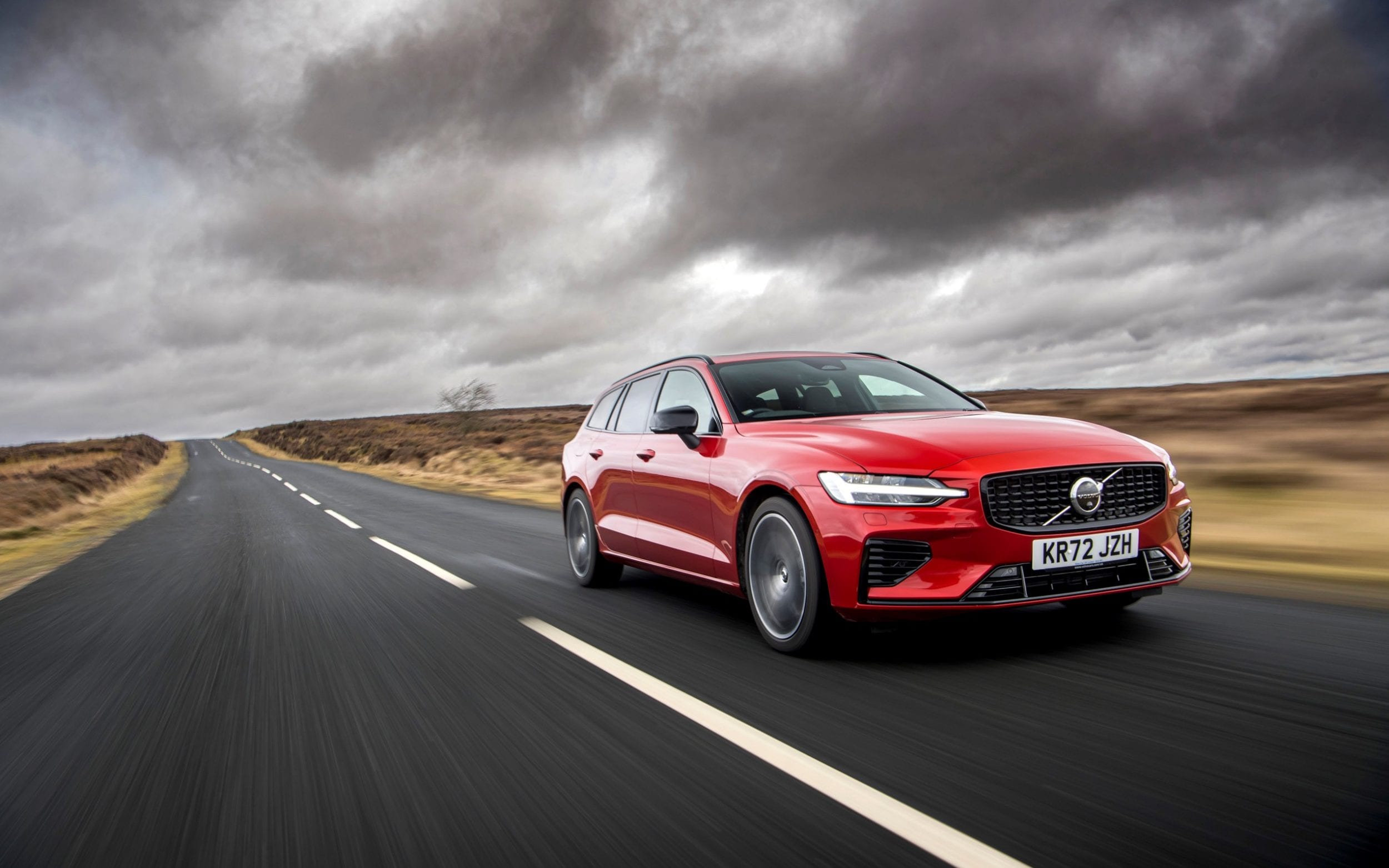
with a turn of speed to surprise. The boot volume is only 481 litres, however.


Post a Comment
0Comments